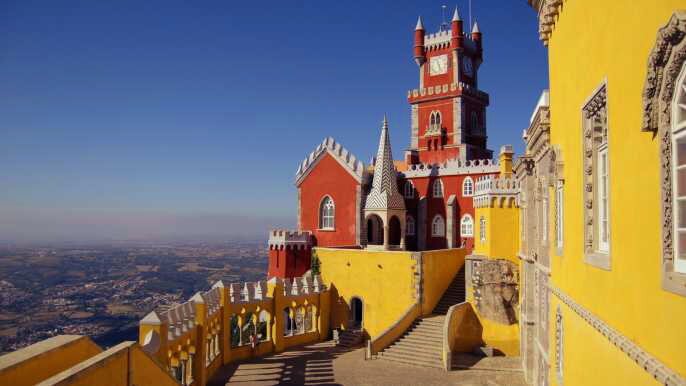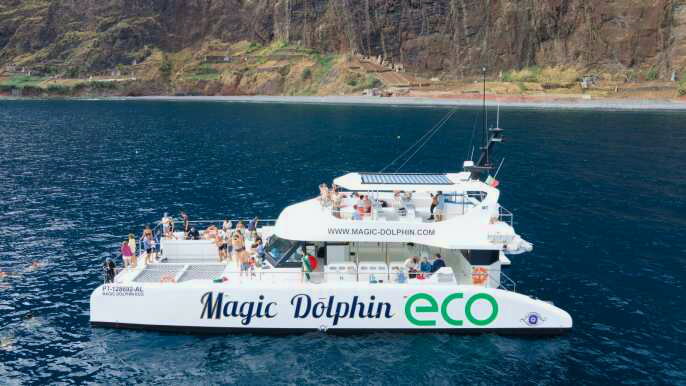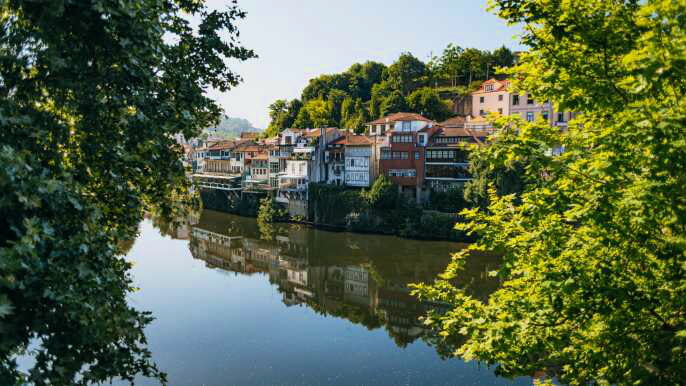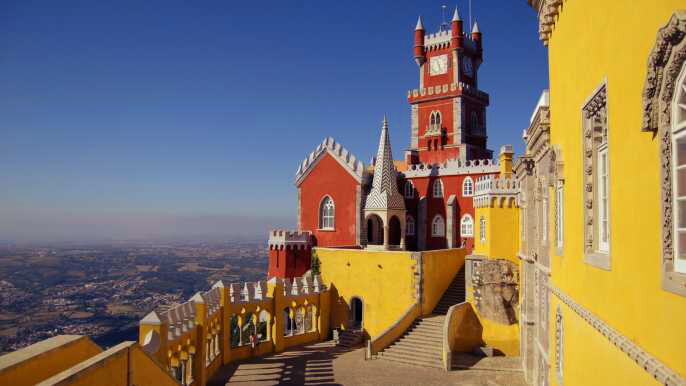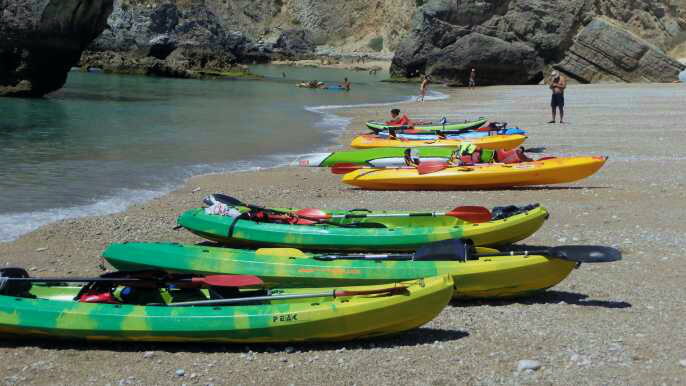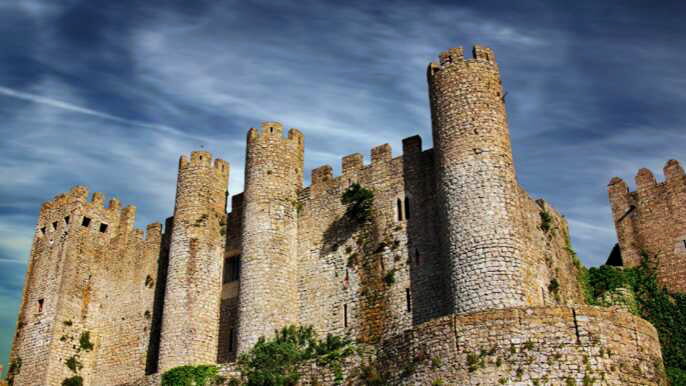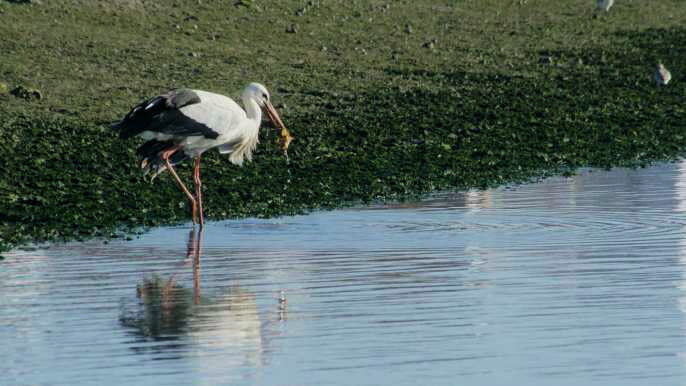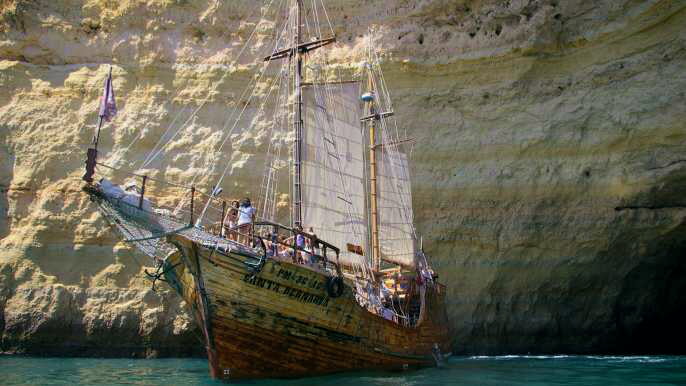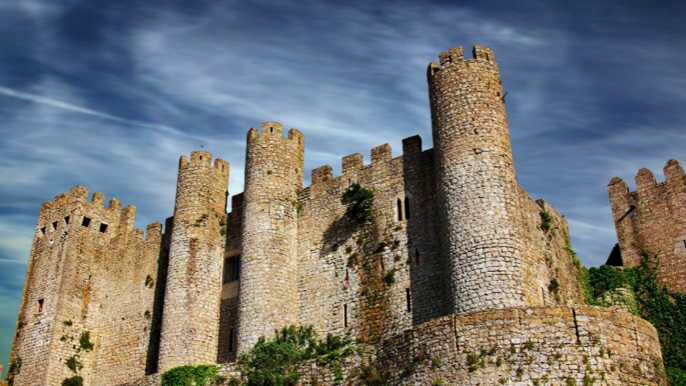Ponta Delgada, the capital of Sao Miguel island in the Azores, is a historic destination that offers visitors plenty to see. This quaint city is known for its history-rich churches, vibrant markets, and lush green landscapes.
One of the best things to do in Ponta Delgada is to explore the city’s main square, Largo da Matriz. This town square has a picturesque atmosphere and it’s very nice in the evening when the buildings are lit up.
1. Convento e Capela de Nossa Senhora da Esperanca
With an eclectic assortment of antique toys, religious art and taxidermic animals, the small Carlos Machado Museum occupying the old monastery of Ponta Delgada is worth a visit. It makes a great last stop before heading on to other parts of Sao Miguel or another island.
The tower of Capela de Nossa Senhora da Esperanca is one of the most stunning sights in the city, and it’s certainly a must-see if you want to see some of the best of Ponta Delgada. The tower is built in a style similar to the baroque, and it’s the best place to take in the view of the city.
The interior of the building is also beautiful, but the most impressive feature here is the spiral staircase at the top that dates back 300 years – it’s truly unique! To get the most out of your visit to Ponta Delgada, consider booking a half-day city walking tour.
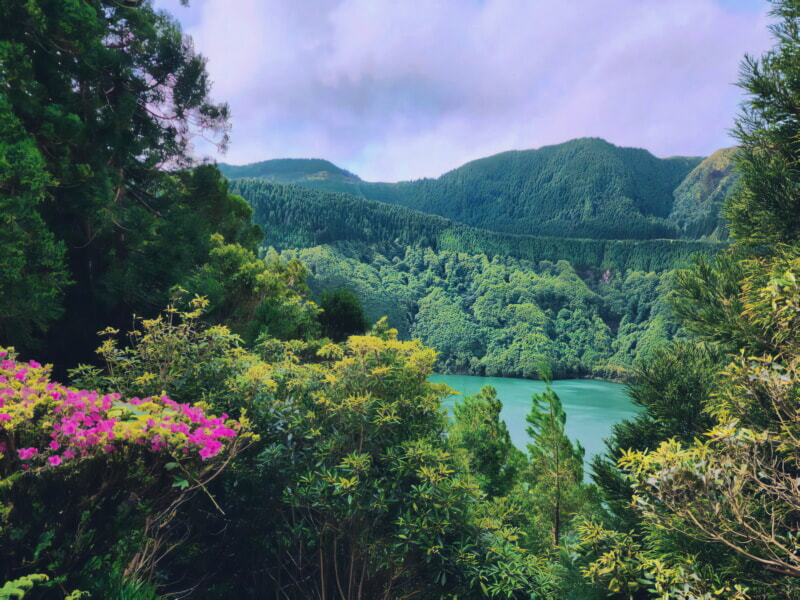
2. Gruta do Carvao
One of the most interesting things to do in Ponta Delgada is visiting Gruta do Carvao, the longest underground lava tunnel on Sao Miguel island. It is an important geological feature of the Azores Geopark and has scientific, educational and touristic value.
Located on the outskirts of Ponta Delgada, it is a great place to see an ancient lava tunnel in person and to learn about the geological history of the island. It is also classified as a Regional natural Monument.
You can get there by bus from Ponta Delgada (Largo do Bom Despacho - every 30 minutes, and it takes about 11 min). You can also rent a car to explore the area more thoroughly.

3. Jardim Antonio Borges
Ponta Delgada, capital of Sao Miguel Island, is a charming and lively city with plenty to see and do. It has a traditional Portuguese charm, with cobbled narrow streets lined with colorful houses, churches, and unique tile patterns on the pavements and city squares.
One of the best places to visit in Ponta Delgada is Jardim Antonio Borges, an impressive botanical garden that is full of interesting plants and trees. It’s an easy place to spend half a day and you can easily make it into your itinerary if you have only a couple of days in the city.
Another popular destination is the Convento de Nossa Senhora da Esperanca, a beautiful monastery that’s worth visiting for its impressive interior. This is an active convent and guided tours are available every day except Sunday.
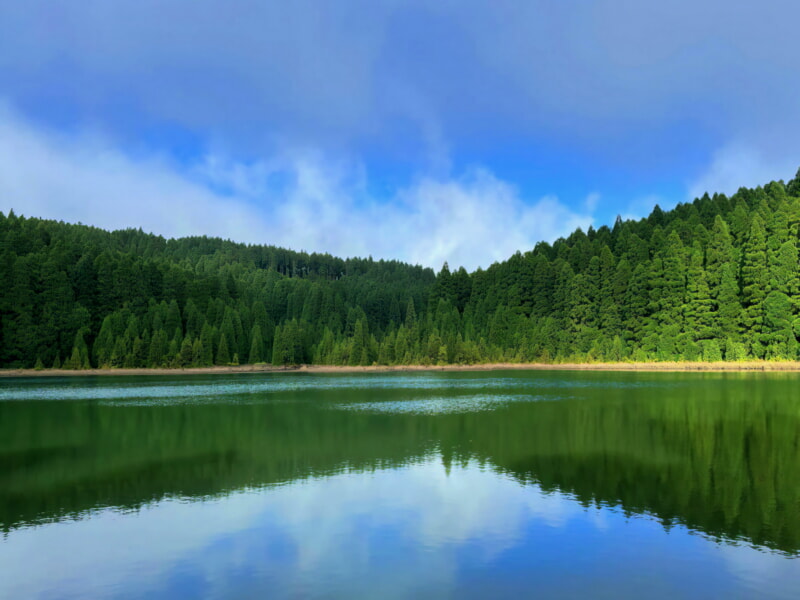
4. Ponta Delgada Waterfront Promenade
The best way to experience the unique feel of Ponta Delgada is to walk along its wide waterfront promenade, Avenida Infante Dom Henrique. This avenue offers a wide pedestrian walkway that is lined by hotels, shops, cafes and restaurants.
The promenade also leads to the historic Forte de Sao Bras, a 16th-century fortress that's still in use by the Portuguese navy. There's a military museum here as well, so if you're interested in learning more about the region's military history, this is a great place to start.
Another must-see is Largo da Matriz, a small town square that's worth exploring. It's picturesque and has a cozy atmosphere, especially in the early evening when the buildings are lit up.
5. Portas da Cidade
One of the best places to visit in Ponta Delgada is Portas da Cidade, an 18th-century city gate right next to the quay. These city gates feature three imposing arches made from local basalt stone.
Another great place to see is Praca Goncalo Velho Cabral, named after the Portuguese navigator who discovered the island. It’s the central square of the city and a popular venue for many events.
The town square is surrounded by buildings and arcaded streets, which makes it really picturesque. There’s also a monument to Goncalo Velho Cabral. And, of course, the city gate itself, which consists of three arches built in typical Azorean black basalt rock and whitewashed masonry.

